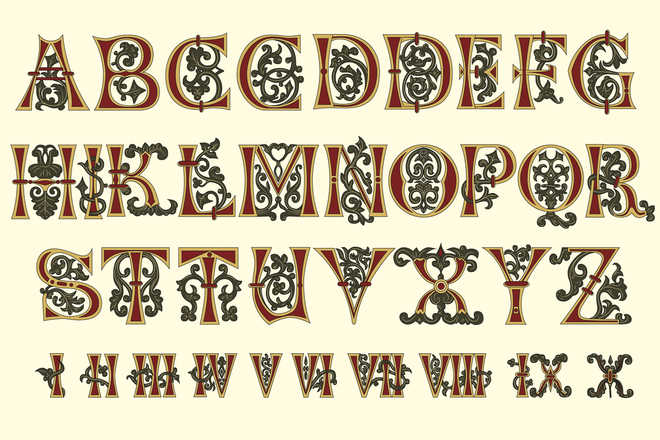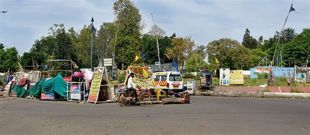
Photo for representation only. — iStock
LONDON
Using a combination of lateral thinking and ingenuity, an academic at the University of Bristol in Britain has identified the language and writing system of what is known as the "world's most mysterious text", the Voynich manuscript.
This medieval, handwritten and illustrated text has been carbon-dated to the mid-fifteenth century. It is named after Wilfrid M. Voynich (1865-1930), a Polish book dealer and antiquarian, who purchased the manuscript in 1912.
The purpose and meaning of the manuscript comprising more than 200 pages had eluded scholars for over a century.
In a study published in the journal Romance Studies, researcher Gerard Cheshire described how he successfully deciphered the manuscript's codex and, at the same time, revealed the only known example of proto-Romance language.
"It uses an extinct language. Its alphabet is a combination of unfamiliar and more familiar symbols. It includes no dedicated punctuation marks, although some letters have symbol variants to indicate punctuation or phonetic accents," explained Cheshire who took two weeks to crack the code.
"All of the letters are in lower case and there are no double consonants. It includes diphthong, triphthongs, quadriphthongs and even quintiphthongs for the abbreviation of phonetic components. It also includes some words and abbreviations in Latin," Cheshire said.
The proto-Romance language is ancestral to today's Romance languages including Portuguese, Spanish, French, Italian, Romanian, Catalan and Galician.
Within the manuscript there is a foldout pictorial map that provides the necessary information to date and locate the origin of the manuscript, said the study.
It tells the adventurous story of a rescue mission, by ship, to save the victims of a volcanic eruption in the Tyrrhenian Sea that began on the evening of February 4, 1444.
The manuscript originates from Castello Aragonese, an island castle and citadel off Ischia, Italy and was compiled for Maria of Castile, Queen of Aragon, (1401-58).
"The language used was ubiquitous in the Mediterranean during the Medieval period, but it was seldom written in official or important documents because Latin was the language of royalty, church and government. As a result, proto-Romance was lost from the record, until now," he added.
The next step is to use this knowledge to translate the entire manuscript and compile a lexicon, which will take some time and funding, Cheshire said.
"Now the language and writing system have been explained, the pages of the manuscript have been laid open for scholars to explore and reveal, for the first time, its true linguistic and informative content," Cheshire said. — IANS



























